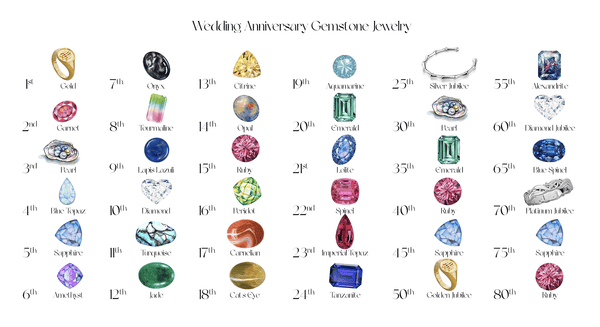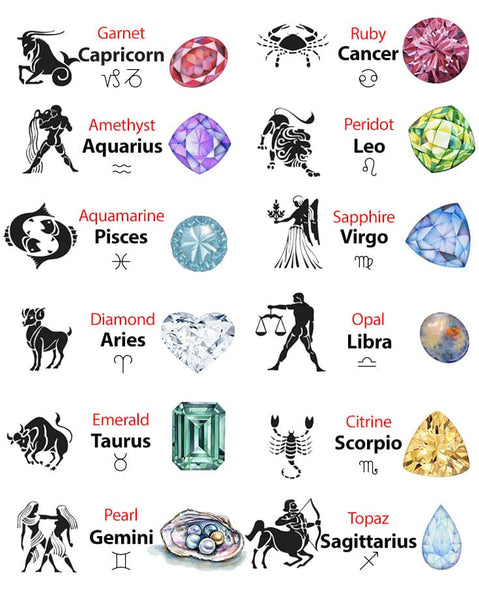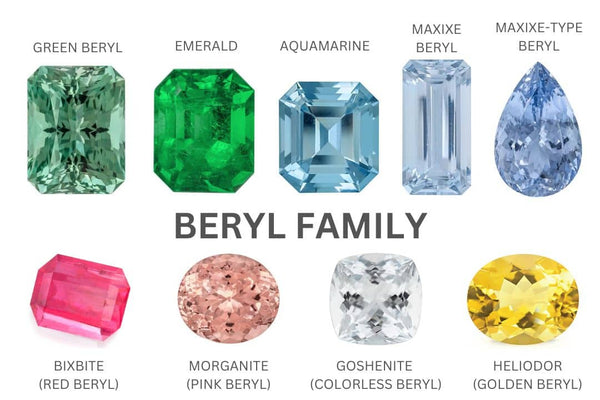Standard Bangle Size Chart Measurements
Not sure about your bangle without a clasp (or clasp-free bangle) or gemstone bangle size? Our easy-to-follow size chart will help you find the perfect fit. Simply measure your wrist, and use our chart to identify your ideal bangle size, which is based on the inner diameter of the bangle.
| Bracelet Size | Wrist Measurement (MM) |
Wrist Measurement (INCHES) |
Inner Diameter (MM) |
Suitable for |
| X-Small | 121 - 134 mm | 4.76 - 5.25 inches | 38.5 - 42.5 mm | Little girls |
| Small | 134 - 146 mm | 5.26 - 5.75 inches | 42.5 - 46.5 mm | Teens, slim/petite girls/women |
| Medium | 146 - 159 mm | 5.76 - 6.25 inches | 46.5 - 50.5 mm | Suitable for slim women |
| Large | 159 - 171 mm | 6.26 - 6.75 inches | 50.5 - 54.5 mm | Standard female size for most women, slender men, and teens |
| X-Large | 172 - 184 mm | 6.76 - 7.25 inches | 54.5 - 58.5 mm | Standard male size, suitable for some women |
| XX-Large | 184 – 196 mm | 7.26 – 7.75 inches | 58.5 - 62.5 mm | Men and women |
| XXX-Large | 196 - 210 mm | 7.76 - 8.25 inches | 62.5 - 66.8 mm | Men |
Why bangle size matters?
Finding the correct size for a bangle is essential for both comfort and style. Bangles are rigid, closed circles or ellipses that are typically worn between the wrist bone and the forearm's widest point. The shape can vary, with some bangles designed in modern, organic forms that move beyond traditional circular shapes. Since closed bangles must slide over the knuckles, getting the size right is key.
- Too Small: Difficult to slide on and uncomfortable to wear.
- Too Large: May fall off easily, compromising both fit and appearance.
- Just Right: Ensures comfort and enhances your overall look.
How to measure for bangle size
1. Measure your hand circumference
Step 1: Position your hand as though putting on a bangle by tucking your thumb into the palm.
Step 2: Wrap a flexible measuring tape around your knuckles (including the thumb knuckle). Record the measurement where the tape overlaps. This is your hand circumference.
Step 3: To find the inner diameter of your bangle, divide the circumference by 3.14 (D = C/3.14). You can also use an online converter for ease.

2. Measuring your hand width
Method 1: Place a ruler across the palm of your hand to measure its width.
Method 2: Place a ruler across the back of your hand and measure from the mid-point of your pinky knuckle to the mid-point of your index knuckle.

3. Measure your wrist size
You can use a measuring tape, a string, or a ribbon, and then use a straight ruler to measure the length from the overlapping point to the end.
Step 1: Wrap the tape measure around your wrist, right over the wrist bone. Ensure it is snug but not too tight.
Step 2: Mark where the tape overlaps. This is your wrist circumference.
Step 3: Use the same formula (C ÷ 3.14) to convert the circumference into the diameter, or refer to a size chart.

Tip: If your measurement falls between two sizes, we recommend choosing the larger size for a comfortable fit. For wider bangles, opt for a slightly bigger size, while for slimmer bangles, a smaller size may be ideal (e.g., 0.5 size smaller).
Measure the diameter of an existing bangle that fits you well
If you already own a bangle that fits well, you can use it as a reference. Lay the bangle flat and measure across its inner diameter from one side to the other using a ruler. The measurement in millimeters (mm), centimeters (cm), or inches will give you the correct bangle size.

Free resizing with AME Jewellery
At AME Jewellery, we want to ensure a perfect fit for our customers. If your bangle size isn't quite right, bring it back to us for free resizing.
Note: natural gemstone bangles cannot be resized.
| RING SIZE | BRACELET SIZE |




